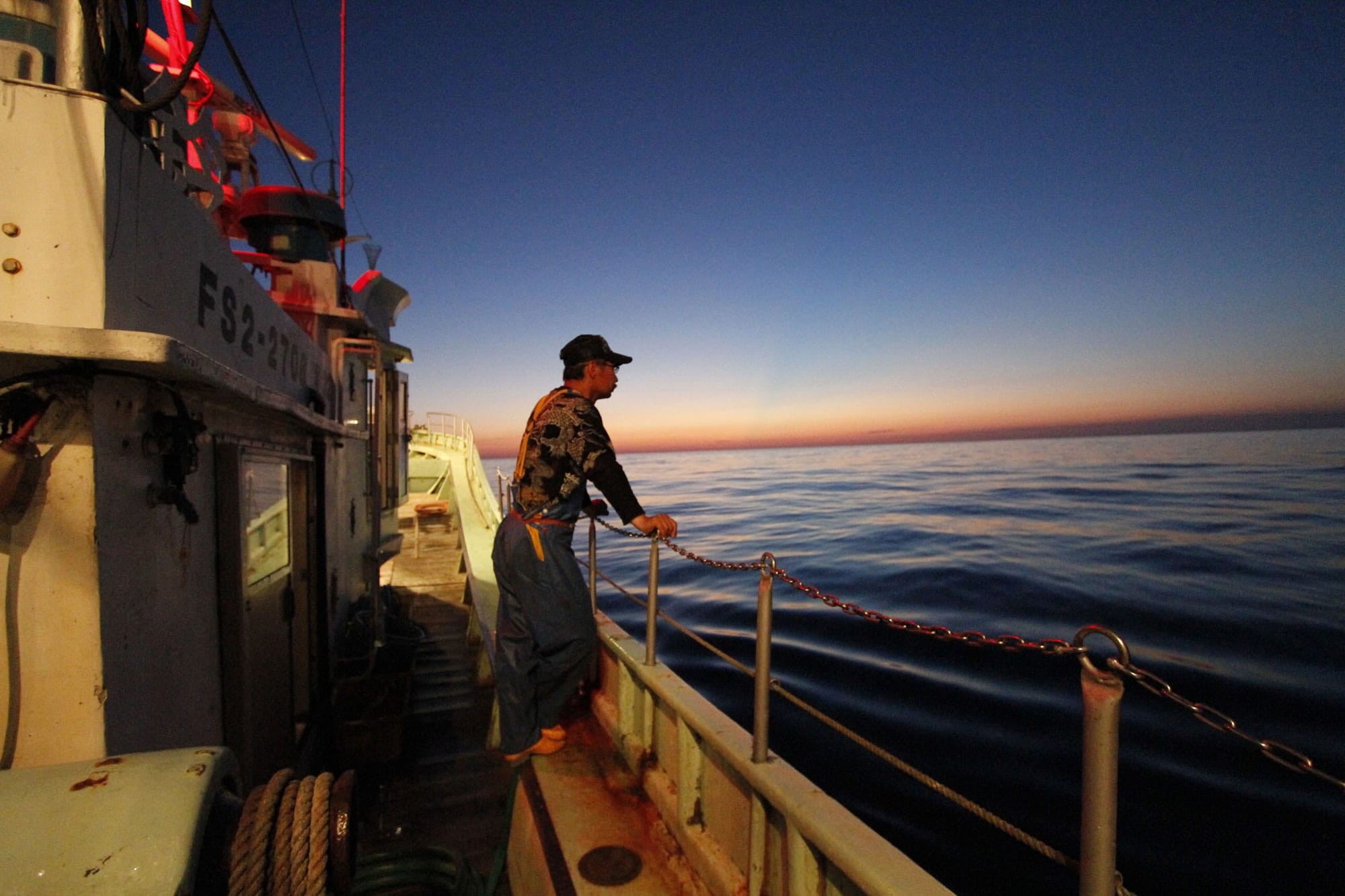YOTSUKURA, Japan — Fumio Suzuki, a third-generation fisherman, sets out into the Pacific Ocean every seven weeks. Not to catch fish that he can sell but to catch fish that can be tested for radiation.
For the last 2 1/2 years, fishermen from the port of Yotsukura near the stricken Fukushima Dai-Ichi nuclear plant have been mostly stuck on land with little to do. There is no commercial fishing along most of the Fukushima coast. In a nation highly sensitive to food safety, there is no market for the fish caught near the stricken plant because the meltdowns it suffered contaminated the ocean water and marine life with radiation.
A sliver of hope emerged after recent sampling results showed a decline in radioactivity in some fish species. But a new crisis spawned by fresh leaks of radioactive water from the Fukushima plant last week may have dashed those prospects.
Fishermen like 47-year-old Suzuki now wonder whether they ever will be able to resume fishing, a mainstay for many small rural communities like Yotsukura, 45 kilometers (30 miles) south of the Fukushima plant. His son has already moved on, looking for work in construction.
“The operators (of the plant) are reacting too late every time in whatever they do,” said Suzuki, who works with his 79-year-old father Choji after inheriting the family business from him.
“We say, `Don’t spill contaminated water,’ and they spilled contaminated water. They are always a step behind so that is why we can’t trust them,” Suzuki said, as his trawler, the Ebisu Maru, traveled before dawn to a point about 45 kilometers (30 miles) offshore from the Fukushima plant to bring back a test catch.
With his father at the wheel, Suzuki dropped the heavy nets out the back of the boat, as the black of night faded to a sapphire sky, tinged orange at the horizon.
As the sun rose over a glassy sea, father and son hauled in the heavily laden nets and then set to the hard work of sorting the fish: sardines, starfish, sole, sea bream, sand sharks, tossing them into yellow and blue plastic baskets as sea gulls screamed and swooped overhead.
Five hours later, the Ebisu Maru docked at Yotsukura where waiting fishermen dumped the samples into coolers and rushed them to a nearby laboratory to be gutted and tested.
Suzuki says his fisheries co-operative will decide sometime soon whether to persist in gathering samples.
For now they will have to survive on compensation from the government and Tokyo Electric Power Co., the plant’s operator.
The cooperative also had plans to start larger-scale test catches next month that would potentially also be for consumption if radiation levels were deemed safe.
But those plans were put on hold after more bad news last week: authorities discovered that a massive amount of partially treated, radioactive water was leaking from tanks at Fukushima, the fifth and so far the worst, breach.
The water, stored in 1,000 tanks, is pumped into three damaged reactors to keep their melted fuel cool. Much of the water leaked into the ground but some may have escaped into the sea through a rain-water gutter.
On Wednesday, the Nuclear Regulation Authority upgraded its rating of the leak to a “serious incident,” or level 3, up from a level 1 on the international scale of the International Atomic Energy Agency.
It remains unclear what the environmental impact from the latest contamination will be on sea life. Scientists have said contamination tends to be carried by a southward current and largely diluted as it spreads.
Nobuyuki Hatta, director of the Fukushima Prefecture Fisheries Research Center, said the trend had been positive before the latest leaks, with fewer fish found exceeding radiation limits.
The government’s safety limit is 100 becquerels per kilogram, but local officials have set a stricter bar of 50 becquerels, said Hatta, who still expects test fishing to resume in September.
It all depends on the type of fish, their habitat and what they eat. Out of 170 types of fish tested, 42 fish species are off limits due to concern they are too radioactive, another 15 species show little or no signs of contamination. Few, if any, show any detectable levels of cesium.
Tests take over a month and are complicated. The time lag makes it difficult to say at any given point if sea life caught off the Fukushima coast is really safe to eat.
Also, local labs lack the ability to test fish for other toxic elements such as strontium and tritium. Scientists say strontium should be particularly watched for, as it accumulates in bones. TEPCO’s monitoring results of sea water show spikes in strontium levels in recent weeks.
Suzuki has little faith in the future of his business.
“People in the fishing business have no choice but to give up,” he said. “Many have mostly given up already.”



